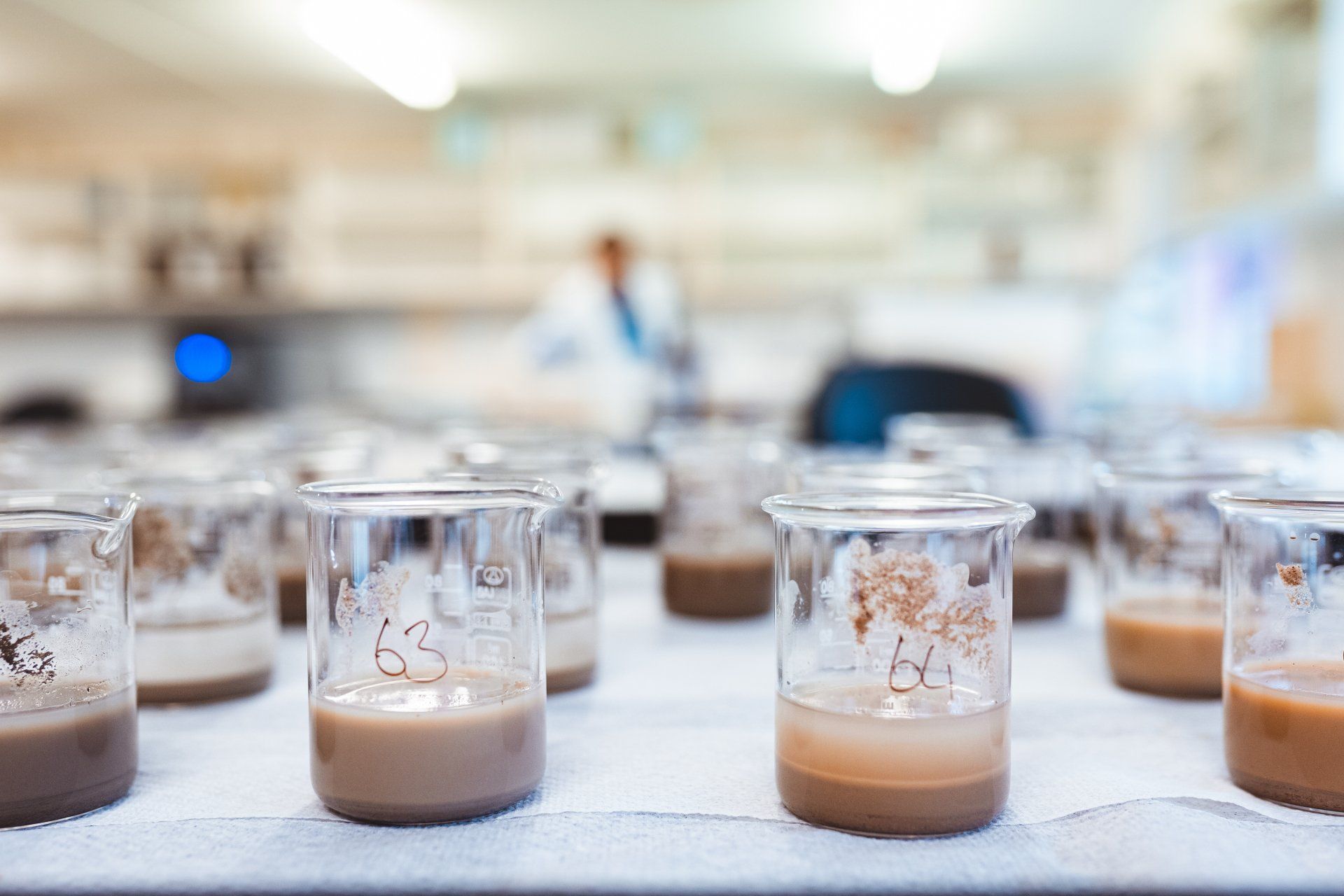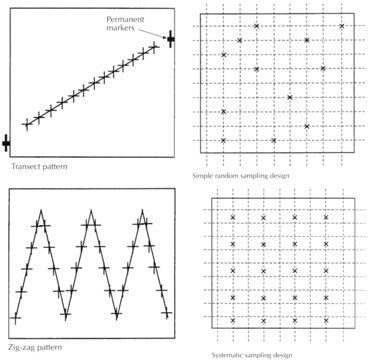Soil Testing
Why do I need soil testing?
At Nutrilab we understand how important the accuracy of results is but also how easy it is to obtain. We work closely with our customers to ensure we offer appropriate services as well as an easy-to-use system. Many other laboratories have complicated processes for sample receipt and reporting. At Nutrilab we accept digital order forms as well as have them available at our sample reception. We are always able to help you choose the testing that suits your needs and talk you through the process.

When to collect soil samples for testing
The main areas to consider when sampling is the timing, placement, depth, number of cores, handling and storage. The timing of soil sampling is vital to ensure successful assessment of the soil nutrient status and chemical parameters. There is high temporal variation in several analytes illustrating marked changes in some nutrient levels when tested at different time frames throughout the year. For this reason testing is more effective if performed at the same time each year.
How to take the Sample
Before commencing soil sampling ensure all equipment is clean and free of contamination. You should use a soil probe either a hydrolic or a hand held device. For most soil types if you are after a deep soil analysis you will need the use of a hydrolic probe.


